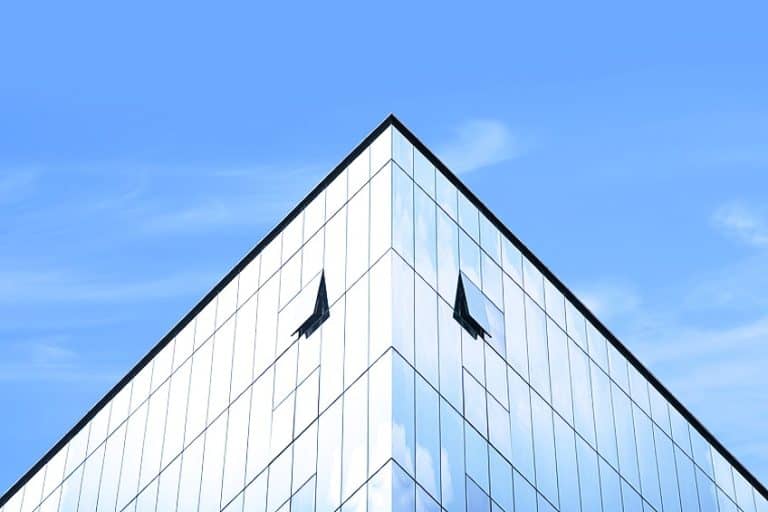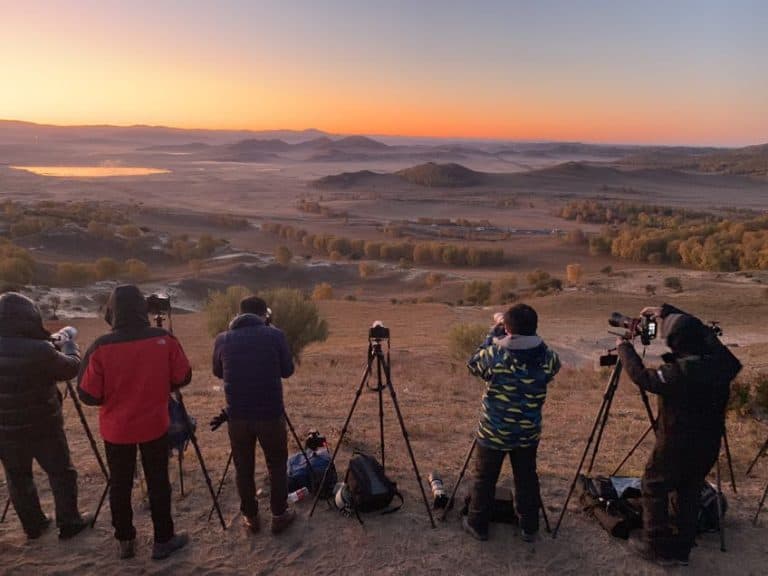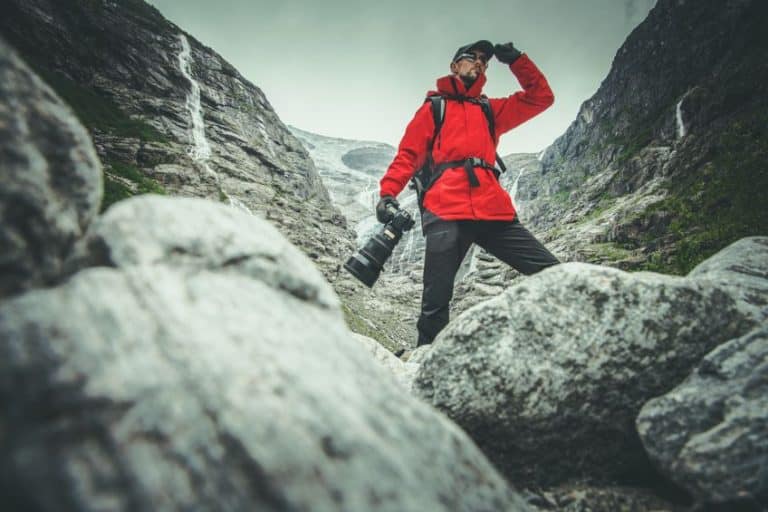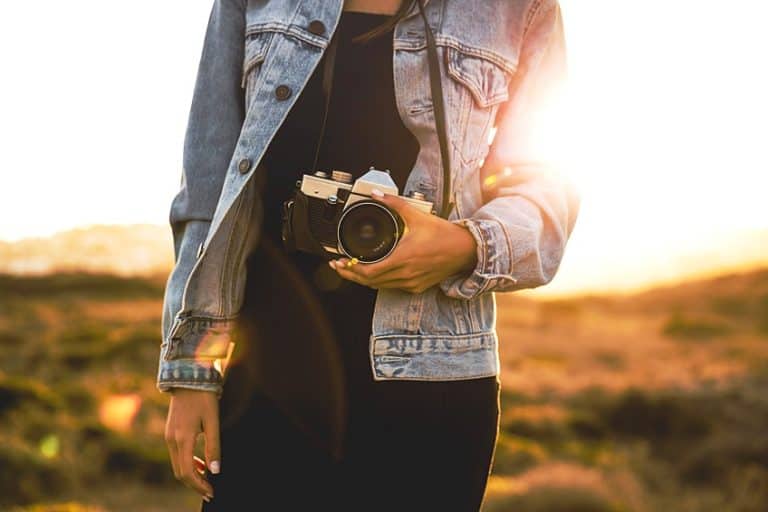What Is Shutter Speed in Photography? – From Blurs to Crisp Shots
Within photography, a realm where every click captures a moment frozen in time, one crucial element is able to stand above the rest – shutter speed. But what is shutter speed in photography exactly? Picture this: you are holding a camera, ready to seize the perfect shot, and the world around you is a vibrant whirlwind of colors and motion. That is where the magic of shutter speed on a camera comes into play. It is the mystical guardian of time, determining just how long your camera’s sensor is exposed to light. Today, we embark on a captivating journey to unravel the mysteries of shutter speed, exploring what it is, how it works, what is shutter speed measured in, and even discovering the answer to the intriguing question: what is the fastest shutter speed achievable? So, hold onto your lenses as we delve deep into the captivating world of shutter speed – demystifying the art of freezing or blurring of time itself.
Shutter Speed Explained
Welcome to the captivating world of photography, where moments are transformed into memories through the lens of a camera. In this journey, understanding the fundamental concept of shutter speed is like unlocking a treasure chest of possibilities.
So, let us dive into the heart of photography and explore what is shutter speed in photography, why it is indispensable, and how it paints the canvas of your final image.
What Is Shutter Speed in Photography?
At its core, the shutter speed on a camera refers to the length of time in which your camera’s sensor is exposed to incoming light from your surrounding environment. It is the gatekeeper of time within your device, determining how swiftly or leisurely a moment is captured. This setting is expressed in seconds or fractions of a second, like 1/1000, and it’s a key component of the exposure triangle, alongside aperture and ISO.
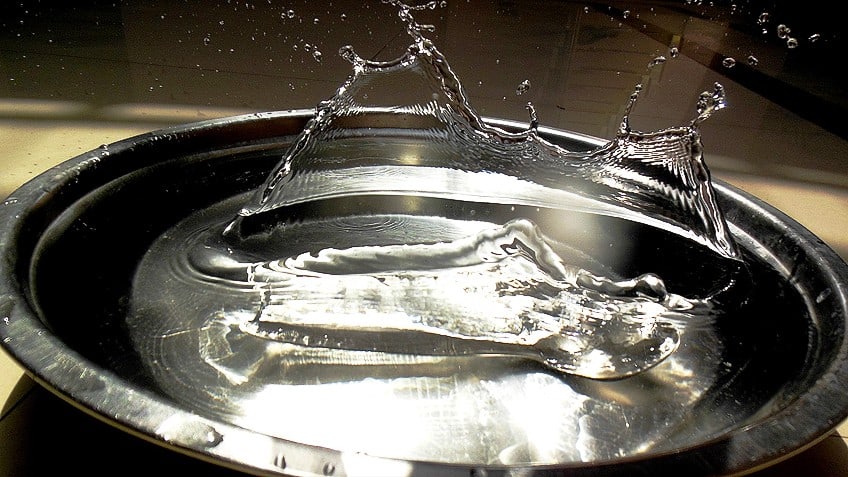
The Importance of Shutter Speed
The importance of your camera’s shutter speed cannot be emphasized enough. You should consider it as a powerful tool that allows the motion in your images to be frozen or emphasized. Consider a hummingbird in mid-flight – a fast shutter speed, like 1/2000, will capture its rapid wing beats with incredible detail, freezing the moment for eternity. On the other hand, a reduced shutter speed of only 1/100 or lower will instead lead to motion blur that emphasizes the speed of the hummingbird’s wing beats, while reducing the detail present in the image.
In this way, shutter speed is able to preserve the magic of fleeting moments, or extend the motions found within these same moments.
How Shutter Speed Affects the Final Image
Now, what does shutter speed do exactly, and how does it affect the final image? Fast shutter speeds, such as 1/1000 or 1/500, excel at freezing action. They’re perfect for sports photography, wildlife, or any scenario with quick movements. Imagine capturing a sports car racing by; a fast shutter speed ensures that every detail of the car remains sharply defined, while the surrounding details in your background and foreground blurs into a dynamic backdrop. Alternatively, slow shutter speeds like 1/100 or even slower, invite light to linger on the sensor. This deliberate elongation of time can produce stunning effects. For instance, photographing a waterfall with a slow shutter speed transforms the cascading water into a silky, mesmerizing flow.

The final image becomes an artistic rendition of reality, imbued with a sense of motion and grace. In summary, shutter speed in photography is a dynamic tool that grants you control over the temporal dimension of your art. It shapes moments, freezing or blurring them at your own discretion, giving life to your creative vision. So, as you embark on your photographic journey and have the concepts of shutter speed explained to you, remember the magic of shutter speed and how it dances with light and time to craft stunning images that tell stories, evoke emotions, and capture the essence of the world around you.
How Shutter Speed Is Measured
Shutter speed, what some consider to be the heartbeat of photography, is a pivotal element that shapes the essence of an image. It is the guardian of time, held within your very own camera, which determines how long your camera’s sensor or film is exposed to incoming light.
But have you ever wondered how this critical parameter is measured?
Shutter Speed as a Fraction of a Second
Your shutter speed is often defined as only a fraction of a second. For instance, you might see values like 1/1000, 1/500, or even 1/30 on your camera’s settings. These numbers convey the time in seconds that the shutter remains open. A faster shutter speed, like 1/1000, means the shutter is open for a very brief moment, capturing a quick, frozen moment in time. Conversely, a slower shutter speed, such as 1/30, keeps the shutter open for a longer period of time, allowing for motion blur and various creative effects.
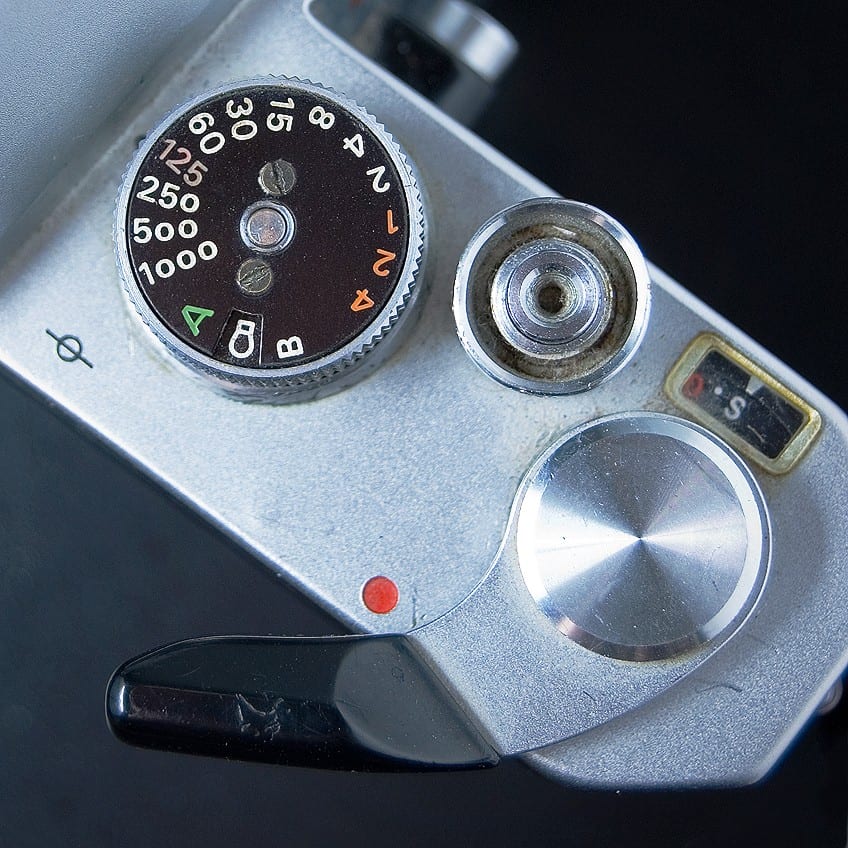
The Denominator and Its Significance
In the world of photography, the denominator in shutter speed measurements holds the key to understanding its effects. The larger your denominator, the faster your shutter speed will be. So, when you see a value like 1/2000, the denominator (2000) is significant because it tells you the shutter is open for a very short duration, freezing fast action and capturing sharp details.
On the other hand, a value like 1/15 indicates a slower shutter speed, where the shutter is open for a more extended period of time, allowing for creative effects like light trails and motion blur.
Convenient Full Seconds
While fractions of a second are common in photography, you will also encounter full seconds. For instance, you could set your camera to a shutter speed of 1 second or even longer. These longer exposure times are invaluable for capturing scenes in low light, creating silky smooth waterfalls, or painting with light in creative long-exposure photography.

Manual Control and Auto Modes
Most modern cameras offer manual control over shutter speeds, allowing photographers to select the exact duration they desire. However, there are also automatic modes like aperture-priority or shutter-priority, where you choose one setting, and the camera adjusts the others accordingly.
These modes provide flexibility while maintaining creative control.
Shutter Speed and Photography Styles
Understanding how to measure shutter speed is essential for tailoring your photography to your creative vision. Fast shutter speeds are ideal for freezing action in sports, wildlife, or capturing sharp details in fast-moving scenes. Slow shutter speeds open the doors to creative possibilities, whether you are capturing dreaming landscapes, light trails in urban settings, or experimenting with abstract photography.
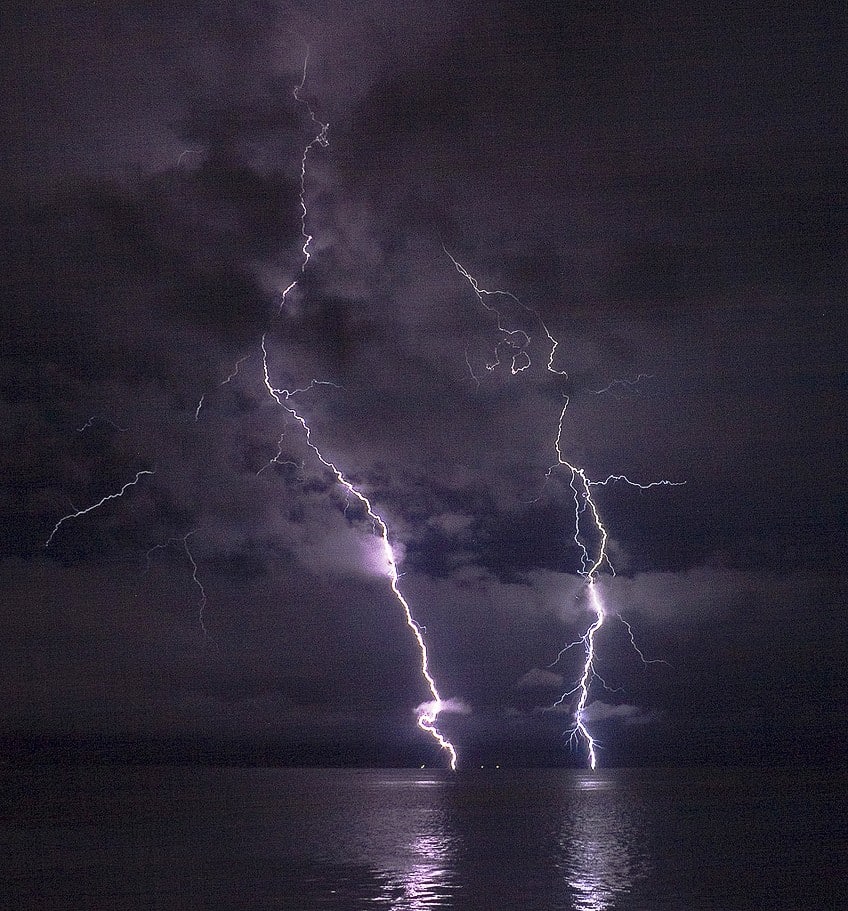
Shutter Speed and Exposure
Within the world of photography, we simply cannot talk about shutter speed without bringing up exposure. These twin titans hold the power to transform a mundane image into a mesmerizing masterpiece.
By embarking on the captivating journey through the interplay of light and time, we can discover how shutter speeds and exposure dance together to paint vivid visual stories.
Shutter Speed
Imagine your camera as a conductor’s baton, and the shutter speed as the tempo at which the symphony of light plays. Shutter speed is a spectrum, spanning from swift fractions of a second to languorous seconds. A rapid shutter speed of 1/1000 or 1/2000 of a second, capture the flutter of a butterfly’s wings with exquisite precision. Conversely, a leisurely shutter speed, like 1/30 or 1/15 of a second, weaves dreamy, ethereal effects, often seen in long-exposure shots of star trails or cascading waterfalls.
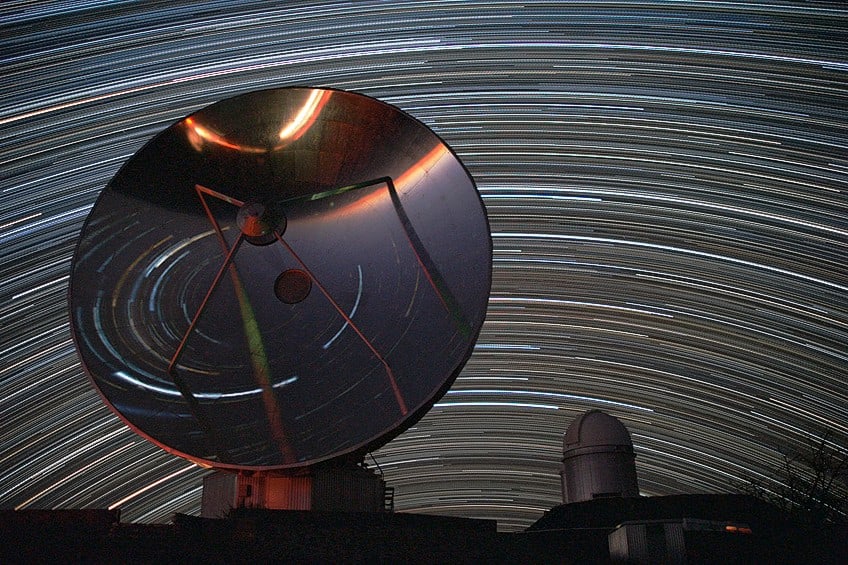
One of the more enchanting traits of your shutter speed is its ability to bring all motion to a halt, or give it the illusion of being extended within the moment. A rapid shutter speed can suspend a dancer mid-leap, capturing every sinuous curve and arch in crystalline detail. In contrast, a slower shutter speed transforms the same dancer into a fluid, ethereal apparition, trailing graceful movement across the frame.
Exposure
While shutter speed stands as a pivotal player, it harmonizes with aperture and ISO to compose the symphony of exposure. Aperture controls the size of the lens opening, regulating the amount of light that enters the camera. Simultaneously, ISO adjusts the sensor’s sensitivity to light. Achieving a balanced exposure necessitates the delicate orchestration of these three elements, akin to a conductor weaving harmony from diverse instruments. In low light conditions, the spotlight swings towards shutter speed as a primary exposure determinant. When light is scarce, a slower shutter speed becomes imperative to admit more light into the camera. However, this introduces the peril of camera shake, a nemesis of sharpness.
Enter tripods and image stabilization technology, the unsung heroes that enable photographers to linger with a slow shutter speed without sacrificing clarity. Mastery of shutter speed bestows creative control.
It empowers photographers to wield their craft with precision and imagination. Whether capturing the thrilling velocity of a sports car or the tranquil flow of a serene river, shutter speed is the brush that paints the photographer’s vision onto the canvas of reality. In the labyrinth of photography, a guiding principle is to match your shutter speed to the focal length of your lens. For instance, with a 50mm lens, aim for a minimum shutter speed of 1/50 to mitigate the risk of handheld blur. For fast-moving subjects, such as a soaring eagle, experiment with swifter speeds to encapsulate that fleeting moment of majesty.
Fast, Slow, and Long Shutter Speeds
At this point, it may have become clear that the manipulation of time can be a captivating art in the realm of photography. It is a world where a single click of a shutter can stretch or compress time, giving birth to images that freeze moments in stunning clarity or render them in ethereal, dreamlike blurs. This manipulation of time is achieved through the mastery of fast, slow, and long shutter speeds, each a brushstroke on the canvas of visual storytelling.

Fast Shutter Speeds
Fast shutter speeds, like lightning striking in the dark, capture the world’s swiftest moments with breathtaking precision. At the blink of an eye, they freeze a butterfly’s wings mid-flap or capture a bullet’s trajectory, revealing the intricate dance of water droplets frozen in time. It is a realm where every fraction of a second matters, where the decisive moment becomes a photographic masterpiece.
The world is crisp, sharp, and filled with vivid detail.
Slow Shutter Speeds
On the contrary, slow shutter speeds embark on a different journey – a serene flowing one. Imagine a river’s gentle meander, smoothed into a tranquil ribbon of liquid light. Slow shutter speeds invite us to witness the passage of time as a gentle, painterly stroke. Cityscapes become rivers of light, car headlights and taillights weaving intricate patterns across the canvas of the urban night. The sea transforms into a timeless expanse, with waves merging into a silky, otherworldly mist.

Long Shutter Speeds
But it is the long shutter speeds that plunge us into a dimension where time itself seems to stand still. A world of mesmerizing star trails and painterly light streaks, where fireworks burst into ethereal blooms of color, each hue a fleeting whisper in the cosmos. With the shutter open for seconds at a time, minutes, or even hours in some cases, long-exposure photography transforms the ordinary into the extraordinary. Trails of light from moving objects become ephemeral threads connecting to the past, present, and future. It is a technique that invites us to contemplate the infinite within the finite, revealing the unseen rhythms of the universe.
In the hands of a skilled photographer, these varying shutter speeds become tools for storytelling.
Fast shutter speeds can capture the exhilaration of a race car hurtling around a track, the intensity of a sports moment frozen in time, or the pure joy of a child’s laughter. Slow shutter speeds allow us to create dreamy, romantic landscapes where waterfalls cascade like liquid silk, or where the arc of a ferris wheel becomes a luminous circle of wonder. Long shutter speeds transport us to a surreal world where the chaos of a crowded city square dissolves into a ghostly, tranquil stillness, or where the night sky becomes a tapestry of celestial wonders.

But mastering the art of the shutter is not just about freezing or extending time – it is about harnessing emotions. A fast shutter speed can capture the adrenaline rush of a base jumper leaping into the abyss, while a slow shutter speed can evoke the tranquility of a solitary fisherman casting his line into a misty lake at dawn. Long shutter speeds bring forth the wonder and mystery of the cosmos, rendering starry nights as moments of profound reflection and awe.
How to Set Your Shutter Speed
The manipulation of light and time is an art form in of itself, one that can transform ordinary moments into extraordinary visual stories. At the heart of this magic lies the shutter speed – the gatekeeper of time itself.
Understanding how to set your shutter speed is like holding the keys to a universe of creative possibilities.
Freeze the Action with Fast Shutter Speeds
Imagine capturing a cheetah in mid-pounce, or a raindrop suspended in mid-air. Fast shutter speeds, those fractions of a second like 1/1000 or 1/500, are your ticket to freezing fast-moving subjects. These speeds are your go-to when you want to capture sports, wildlife, or any moment where split-second precision is key. Dial in a fast shutter speed, and watch as the world around you becomes perfectly still.

Embrace Motion With Slow Shutter Speeds
Sometimes, you want to convey the sensation of motion, the silky flow of a waterfall, or the streaks of car headlights on a city street. Slow shutter speeds, typically between 1/50 and 1 second, are you allies in this endeavor. When you choose a slow shutter speed, your camera’s sensor absorbs light over an extended period, allowing moving elements to create a sense of graceful blur.
This technique is excellent for creating dynamic, artistic images.
Mastering the Art of Long Exposure
Long exposure speeds are where time transcends itself. In this realm, you can capture star trails, paint with light, and transform bustling urban scenes into serene, ghostly landscapes. Long exposures typically range from several seconds to several minutes, and they require a stable camera mount or tripod to prevent unwanted shakes. Experiment with settings like 30 seconds or 1 minute, or even several minutes to see how the world transforms when time slows down.

Finding the Right Balance
The choice of shutter speed is not isolated – it is part of a delicate balancing act with two other crucial settings: aperture and ISO. The aperture directly controls the amount of light that enters your lens, while ISO affects the light sensitivity of your camera’s sensor. To maintain proper exposure, consider how changes in shutter speed affect your overall settings.
For instance, with a faster shutter speed, you might need to open your aperture wider or increase your ISO to maintain the correct exposure.
Understanding Motion and Light
As you venture into the world of shutter speed, remember that it is not just about freezing or blurring motion; it is also about controlling the amount of light that enters your camera. In bright conditions, you will typically need faster shutter speeds to prevent overexposure, while in low light, slower shutter speeds can capture more light and detail. Adjust and experiment with your settings according to the environment and light available to achieve the effect that you desire.

Practice and Experiment
The true mastery of shutter speed comes through practice and experimentation. Try photographing moving objects at various speeds, or capture the transition from day to night using long exposures. Play with different shutter speeds to express your creativity and convey the emotions you want to evoke.
How to Find the Perfect Shutter Speed
The quest for the perfect shutter speed is a journey of artistry and precision. It is the alchemical process of capturing moments with just the right balance of light and time. Whether you are aiming to freeze a hummingbird’s wings or create a dreamy waterfall cascade, findng the ideal shutter speed is like selecting the perfect brush stroke for your masterpiece.
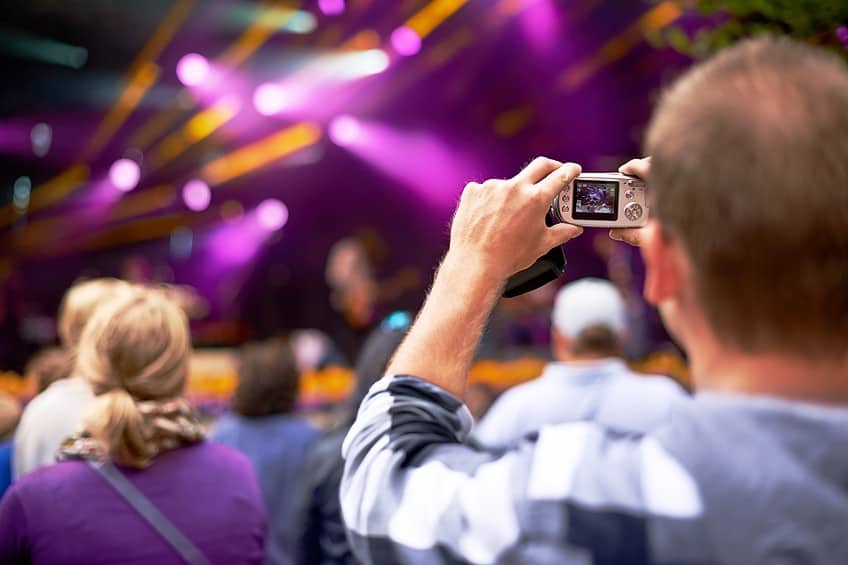
Understanding the Variables
Before we embark on this quest, let us unravel the fundamental variables at play one last time. Shutter speed, measured in seconds or fractions of a second, dictates how long the camera’s sensor or film is exposed to light for. Fast shutter speeds like 1/1000th of a second freeze action with astonishing clarity, while slow shutter speeds like 1/30th of a second create a sense of motion and flow.
And then there are the long exposures, where time seems to stand still, often requiring seconds, minutes, or even hours to capture ethereal scenes.
Define Your Vision
Every photograph has a story to tell, and the first step to finding the perfect shutter speed is envisioning the tale you want to convey. Are you capturing the explosive energy of a sprinter crossing the finish line, or the tranquility of a moonlit seascape with gentle waves caressing the shore? Your vision is the compass guiding your shutter speed choice.

Freeze the Moment
When your goal is to freeze the moment, fast shutter speeds are your allies. Consider a cheetah sprinting across the savannah or a baseball player making contact with the ball. In these instances, shutter speeds in the range of 1/500th to 1/1000 of a second will arrest movement with exceptional sharpness.
These moments become crystalline, preserving the split-second details in all their glory.
Embrace the Flow
Sometimes, the allure lies in capturing motion – the graceful blur of a dancer, the rush of water over rocks, or the swaying branches in a gentle breeze. Here, slower shutter speeds, typically around 1/30th to 1/60th of a second, come into play. With these settings, your camera becomes a painter’s brush, rendering movements as a poetic dance of light and shadow.

Extend Time’s Embrace
Long Exposures are the realm of storytellers who wish to stretch time and reveal its hidden secrets. When capturing star trails in the night sky, silky waterfalls, or the playful trails of car headlights on a city street, you will venture into the territory of seconds, minutes, or even hours.
These settings invite you to explore the ethereal beauty of time unfolding, often requiring the steadying hand of a tripod to keep your image crisp and clear.
Experiment and Refine
The path to discovering the perfect shutter speed is paved with experimentation. Don’t be afraid to take risks, adjust your settings, and capture the same scene at different speeds. Explore the nuances of light and time, learn from your successes and failures, and refine your technique until your vision finds its ideal expression.

Within and throughout the realm of photography, shutter speeds are the alchemical keys to unlock the treasures of time and light. They freeze the laughter of children, the elegance of a ballet dancer, or the fury of a racing car. They transform waterfalls into silken veils and night skies into celestial wonder. In these fleeting moments, we find stories, emotions, and the essence of life captured in a single click. Shutters, the heartbeat of photography, turn mere pixels into poetry, leaving us forever captivated by their enchanting artistry.
Frequently Asked Questions
What Is the Fastest Shutter Speed?
The fastest shutter speed on most cameras is typically around 1/4000th to 1/8000th of a second. However, some high-end cameras may offer even faster shutter speeds. These ultra-fast speeds are used to freeze incredibly fast-moving objects, such as sports events or fast-moving wildlife.
What Does Shutter Speed Do?
Shutter speed controls the duration for which the camera’s sensor or film is exposed to light. It plays a pivotal role in one’s photography by determining how the subject’s actions are captured in the image. Fast shutter speeds freezes the subject’s motions in time, while slow shutter speeds instead provide the subject with an element of motion blur in a photo. It also adjusts the amount of light that enters the camera, affecting the exposure of your image.
What Is Shutter Speed Measured In?
Shutter speed is measured in seconds or even mere fractions of a second. Common shutter speed values include whole seconds, fractions of a second, and sometimes even bulb mode, where the shutter stays open as long as the shutter button is pressed, allowing for very long exposures beyond the usual range of settings.
Duncan completed his diploma in Film and TV production at CityVarsity in 2018. After graduation, he continued to delve into the world of filmmaking and developed a strong interest in writing. Since completing his studies, he has worked as a freelance videographer, filming a diverse range of content including music videos, fashion shoots, short films, advertisements, and weddings. Along the way, he has received several awards from film festivals, both locally and internationally. Despite his success in filmmaking, Duncan still finds peace and clarity in writing articles during his breaks between filming projects.
Duncan has worked as a content writer and video editor for artincontext.org since 2020. He writes blog posts in the fields of photography and videography and edits videos for our Art in Context YouTube channel. He has extensive knowledge of videography and photography due to his videography/film studies and extensive experience cutting and editing videos, as well as his professional work as a filmmaker.
Learn more about Duncan van der Merwe and the Art in Context Team.
Cite this Article
Duncan, van der Merwe, “What Is Shutter Speed in Photography? – From Blurs to Crisp Shots.” Art in Context. October 18, 2023. URL: https://artincontext.org/what-is-shutter-speed-in-photography/
van der Merwe, D. (2023, 18 October). What Is Shutter Speed in Photography? – From Blurs to Crisp Shots. Art in Context. https://artincontext.org/what-is-shutter-speed-in-photography/
van der Merwe, Duncan. “What Is Shutter Speed in Photography? – From Blurs to Crisp Shots.” Art in Context, October 18, 2023. https://artincontext.org/what-is-shutter-speed-in-photography/.




